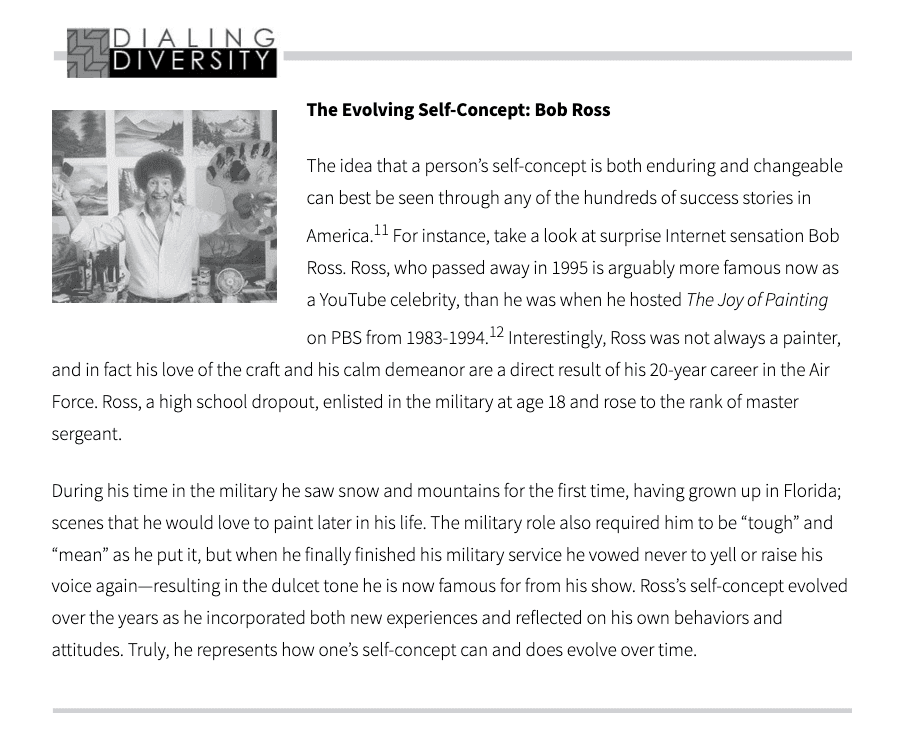Communication Pathways
Joseph M. Valenzano III, Melissa A. Broeckelman-Post, Erin S. Parcell
Designed for hybrid communication courses, this approachable text features concise chapters that emphasize and clearly explain communication theory. Central to this title is the theme of dialogue, and educators can expect to create competent, dialogic communicators who can advocate ideas civilly, explain complicated subjects, and disagree without being disagreeable in a variety of interactive settings. The text has been recently updated based on student feedback, with improvements to readability and accessibility, and features a narrative that is inclusive and representative of today’s diverse range of students.

Top Hat Interactive eText
requires a join code from instructor
$65.00USD
all prices represent net price, not including 3rd party markups

Table of Contents for Communication Pathways
- Welcome to Communication Pathways!
- Part 1: Elements of Communication
- Part 2: Interpersonal Communication
- Part 3: Public Speaking
- Part 4: Business Communication
- Instructor Materials

Key features
- Dialing Diversity short vignettes illustrate how communication concepts and principles play out differently within diverse groups
- Mediated Moments use contemporary examples from television, literature, and movies to illustrate key components of a given chapter, making content more relatable for students
- Engaging Ethics feature provides pragmatic questions to examine ethical dilemmas and events that have either occurred or that students may face in their lives and careers